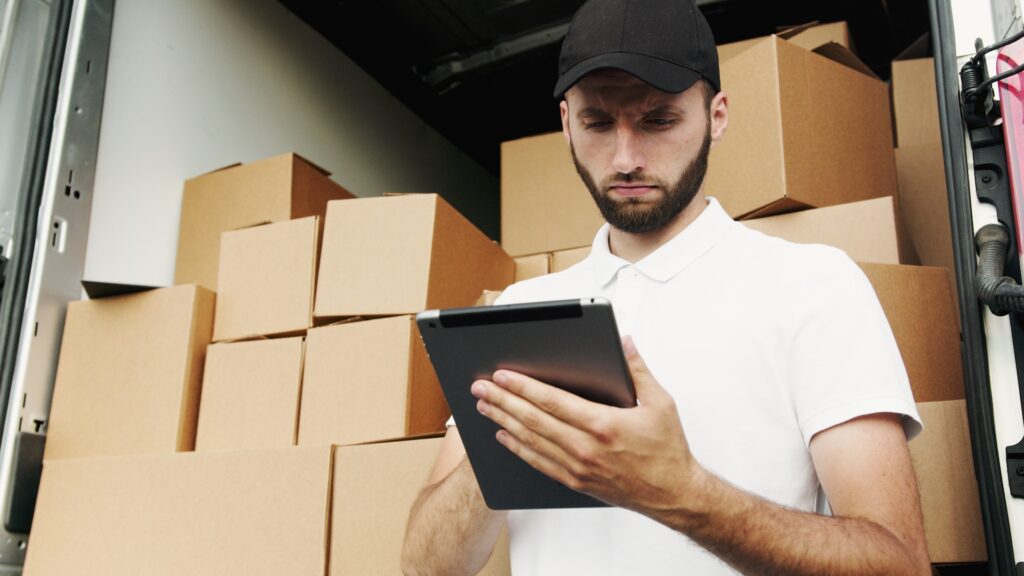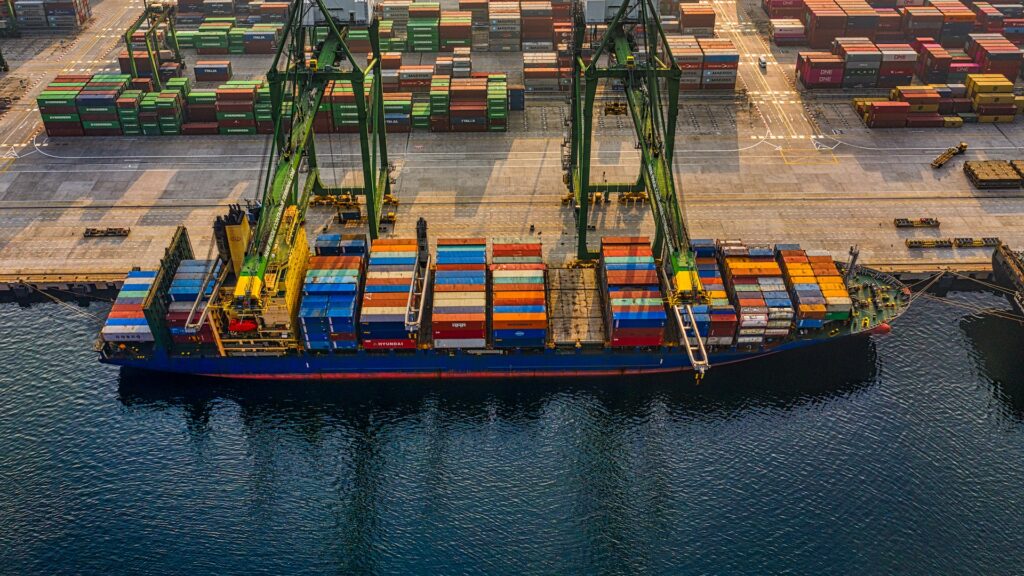In today’s competitive business landscape, efficient logistics management is crucial for the success of manufacturers and retailers, especially in the fast-paced world of eCommerce.
While companies often prioritize the smooth movement of goods from their facilities to customers, they often overlook the significance of the reverse logistics process.
But with a proper reverse logistics system in place, manufacturers and retailers can optimize their inventory, save valuable time and money, and bolster customer satisfaction and loyalty. Due to its importance, there are entire logistics companies specializing in these services.
Let’s learn what reverse logistics is all about.
What is Reverse Logistics?
Before diving into the benefits of reverse logistics, let’s define exactly what it is. Reverse logistics refers to the management of product returns, which involves the movement of goods from the customer back to the fulfillment center of a manufacturer or retailer.
This process encompasses activities such as product retrieval, transportation, sorting, testing, refurbishing, and recycling.
Reverse logistics ensure that returned items are properly handled, minimizing financial loss and environmental impact while maximizing value recovery.
Importance for Manufacturers and Retailers
Reverse logistics plays a vital role for manufacturers and retailers, offering several key benefits:
- Improving Customer Satisfaction and Loyalty
An efficient and customer-centric returns process enhances customer satisfaction. By providing hassle-free return options, clear return policies, and responsive customer support, manufacturers and retailers can build trust and loyalty among their customer base.
Return Bear’s expertise in handling returns ensures that customers have a smooth and satisfactory experience, fostering long-term relationships between brands and consumers.
- Reducing Costs and Increasing Efficiency
Reverse logistics allows manufacturers and retailers to identify the reasons for returns and take proactive measures to reduce them. Analyzing return patterns can uncover product defects, packaging issues, or sizing discrepancies, enabling businesses to address these concerns and improve their products.
Moreover, Return Bear’s pay-per-return services offer cost savings by eliminating fixed logistics expenses, making sure that companies only pay for actual processed returns.
- Innovating With Refurbishing and Recycling
Reverse logistics opens up opportunities for businesses to refurbish returned items and reintroduce them into the market. By refurbishing products, manufacturers and retailers can extend their product lifecycle, reduce waste, and minimize environmental impact.
Return Bear’s prowess in handling refurbishment and recycling processes can help businesses explore sustainable solutions and contribute to a circular economy. With Micro-Forward Fulfillment, Return Bear will ship your ready-to-sell returns directly to your next closest customer, removing the need to ship items back to central fulfillment locations.
The return process has traditionally been one with a large environmental impact – Micro Forward Fulfillment can help reduce the carbon emissions throughout the process, and change that for the better.
Best Practices for Reverse Logistics
To make the most of reverse logistics, manufacturers and retailers can implement the following best practices:
- Streamline Processes
Simplify the returns process for customers by providing a user-friendly online portal or customer service platform. Clear communication, easy instructions, and prepaid return labels provide a seamless experience.
- Ensure Transparent Return and Shipping Policies
Establish clear and concise return/shipping policies to set customer expectations. Clearly communicate warranty information, return windows, last-mile delivery, and cross-border eCommerce policy as well as refund or exchange procedures to avoid confusion and disputes.
- Harness Data for Process Optimization
Leverage data gathered from product returns to gain insights into customer behavior and reasons for returns. Utilize this information to make informed adjustments in sales, product design, and forward logistics processes.
- Establish Traceability throughout the Supply Chain
Establish a clear link between raw materials, finished goods, and customer orders to enable efficient tracing of ingredients in the event of recalls. This approach allows for targeted recalls instead of widespread ones, pinpointing and addressing specific issues.
- Centralize Return Centres
Consolidate return operations into a centralized center to streamline product sorting and determine the most appropriate course of action for each item. A dedicated return center enables businesses to effectively maximize the value of returned products. If establishing a separate center is not feasible, consider allocating a section of your warehouse or factory for returns.
- Evaluate Logistics and Transportation
Regularly assess forward and reverse logistics and transportation processes, and explore opportunities to integrate and combine certain processes and transit methods. For instance, if your delivery drivers can collect empty pallets while making full pallet deliveries, you can save time, trips, and expenses.
- Embrace Automation
Implement cloud-based logistics software to enhance operational efficiency. This software can facilitate asset recovery tracking and refurbishment management and provide valuable business intelligence analytics.



